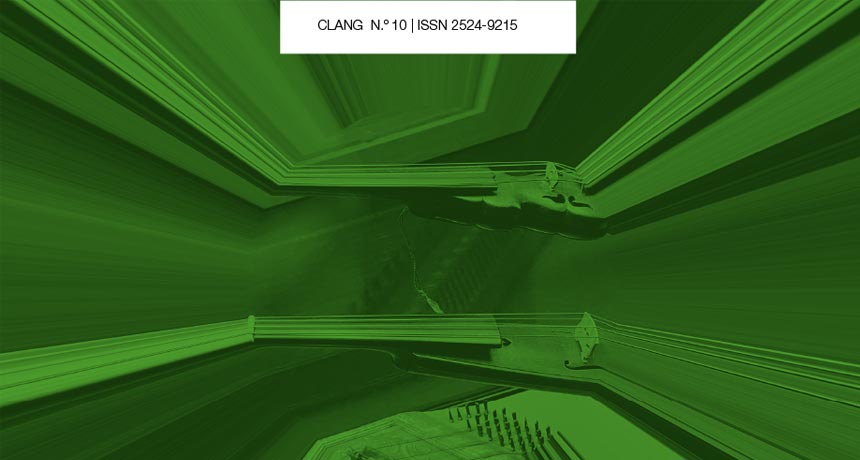Resent Music Teaching
A Transfeminist View
DOI:
https://doi.org/10.24215/25249215e049Keywords:
Musical teaching, transfeminism, training trajectoriesAbstract
This writing reflects different experiences from my academic trajectory in music education by questioning cis-heteronormative pedagogical foundations. Through a transfeminist standpoint, re-sensing becomes the fundamental axis guiding this quest to find new ways of teaching and learning music. In this context, various sections will critically review the aesthetic ideals of Modernity that still circulate and reproduce within music education institutions. Addressing the disruptive potential inherent in transfeminist proposals and practices, we will explore the importance of reclaiming notions of body and corporeality, curricular justice, and affectivity as pivotal categories in the music teaching and learning processes.Downloads
References
Attali, J. (1977). Ruidos. Ensayo sobre economía política de la música. Editorial Ruedo Ibérico.
Carabetta, S. M. (2019). La música como objeto de conocimiento. Aportes para una justicia curricular. Trayectoria. Práctica Docente en Educación Artística, (6), 7-18. https://www.ojs.arte.unicen.edu.ar/index.php/trayectoria/article/view/660
Castellanos, S., Falconi Trávez, D. y Viteri, M. E. (2013). Resentir lo queer en América Latina: diálogos desde/con el Sur. Editorial EGALES.
Fernández, J. (2003). Los cuerpos del feminismo. En D. Maffía (Comp.), Sexualidades migrantes. Género y transgénero. Editorial Feminaria.
flores, v. (2013). «interruqciones». Ensayos de poética activista. Escritura, política, pedagogía. La Mondonga Dark.
Gutiérrez, M. L. (2012). El banquete de las musas. Aproximación al arte feminista a través de la obra «The dinner party». Insituto de Estudios Almerienses.
Jiménez, J. (1986). Teoría del arte. Editorial Metrópolis.
Lirussi, L. (2022). ¡Artistas!, no musas. Boletín De Arte, (24), e048. https://doi.org/10.24215/23142502e048
Nochlin, L. (2001). ¿Por qué no han existido grandes artistas mujeres?. En K. Cordero e I. Sáenz (Comps.), Crítica feminista en la teoría e historia del arte (pp. 283-289). Conaculta-Fonca.
Rolnik, S. (2001). ¿El arte cura?. Editorial Quaderns portátils.
Downloads
Published
How to Cite
Issue
Section
License

This work is licensed under a Creative Commons Attribution-NonCommercial-ShareAlike 4.0 International License.
The acceptance of the manuscript by the magazine means the non-exclusive cession of the property rights of the authors in favour of the editor, who allows the reuse, after publication (post print), under a license Attribution-NonCommercial-NoDerivatives 4.0 International.
According to these terms, the material can be copied and redistributed by any means or in any format as long as a) the author and original source of the publication are quoted (magazine and URL of the work), access to the license is provided and whether changes have been made is mentioned; and b) the material is not used for commercial purposes.
The cession of non-exclusive rights means that after the publication (post print) in Clang the authors can publish their work in any language, means and format; in such cases it must be mentioned that the material was originally published in this magazine. Such cession also means the authorization of the authors for the work to be collected by SEDICI, the institutional archive of the Universidad Nacional de La Plata, and to be spread in the databases that the editorial team considers appropriate to increase the visibility of the publication and its authors.
Moreover, the magazine encourages the authors to deposit their productions in other institutional and thematic archives under the principle that offering the society the scientific and academic production without any restrictions contributes to a greater exchange of the global knowledge.












 </a >
</a >












